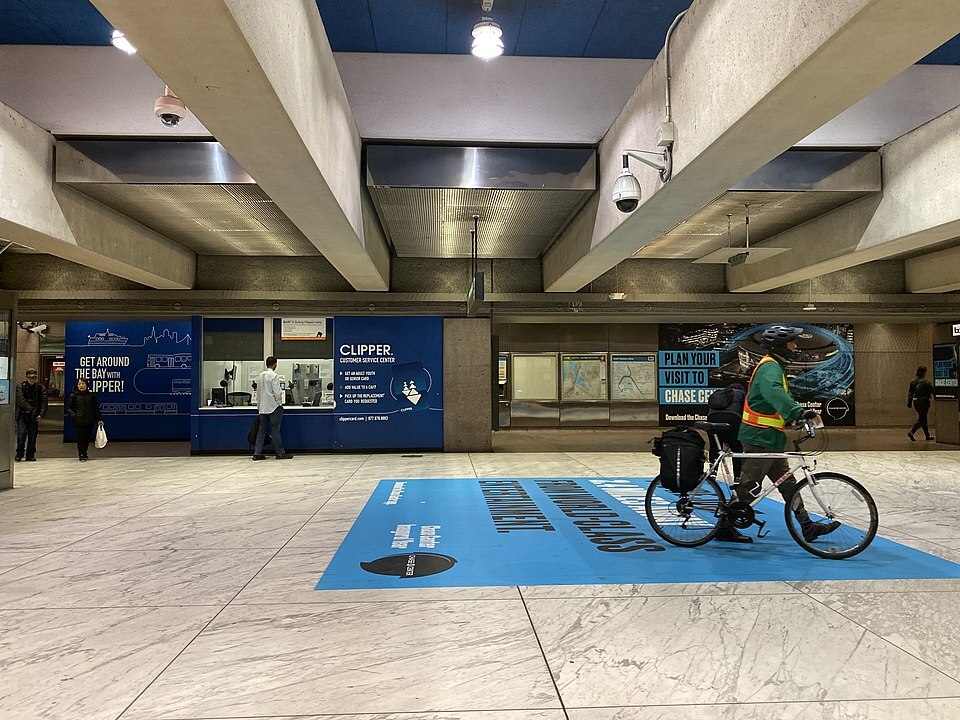
Written By Mona Taleb-Agha
Last week in San Francisco, controversy arose when the board of supervisors decided in an 8-3 vote in favor of a policy proposal allowing the SFPD to utilize military-grade weaponry against civilians, including the use of lethal remote control robots.
The measure allows SFPD to deploy robots supplied with explosives in extreme circumstances.
While the original draft stated that the robots’ lethal force would only be deployed “when risk of loss of life to members of the public or officers is imminent and outweighs any other force option available to SFPD,” the final draft was revised to replace “outweighs any other force option available to SFPD” with “officers cannot subdue the threat after using alternative force options or de-escalation tactics options or conclude that they will not be able to subdue the threat after evaluating alternative force options and de-escalation tactics. Only the Chief, Assistant Chief of Operations, or Deputy Chief of Special Operations may authorize the use of robots as a deadly force option.”
Acknowledging the controversial nature of the decision, District 3 supervisor Aaron Perskin noted that the robots may evoke “fears about a dystopian robot killing future”, stating that he “understand[s] the fear that can evoke in our society”.
District 5 supervisor Dean Preston announced that he opposed the measure, adding that “SF is not a warzone and these kinds of devices are not needed to protect this city.”
Former SFPD employee District 6 Supervisor Matt Dorsey voiced his support for the lethal SFPD robots in a noncritical statement: “I am not prepared to be the first of 509 police departments in CA to restrict this technology.” Dorsey previously served as head of communications for the police department.
The robots in question have already been acquired by SFPD between the years of 2011 and 2017.
This vote was mandated by a new California Assembly bill that began to be enacted last May, requiring police departments statewide to approve use of such equipment by their governing bodies. In San Francisco, the Board of Supervisors acts as governing body to SFPD.
The draft proposal cites the purpose of the robots is to be “utilized to enhance the safety of the community and officers by providing ground support and situational awareness for law enforcement operations.”
All robots would be controlled by officers who have been trained to use them. Use of lethal robots to criminal apprehension, critical incidents, suspicious device assessments, training and other “pressing circumstances.”
According to the policy, deploy deadly force would only be deployed “when risk of loss of life to members of the public or officers is imminent and outweighs any other force option available to SFPD.”
A spokesperson for SFPD stated that “robots could potentially be equipped with explosive charges to breach fortified structures containing violent, armed, or dangerous subjects” and used to “incapacitate, or disorient violent, armed, or dangerous suspects who pose a risk of loss of life”.
As of now, SFPD does not currently operate robots equipped with lethal weapons, however, there may be instances in the future where lethal force can be used by a robot.
Last Tuesday’s vote not only covered SFPD’s potential use of lethal robots, but the entire arsenal of military-grade weapons SFPD has access to. SFPD currently has military-grade vehicles including a Mine-Resistant Ambush Protected (MRAP) vehicle and one Humvee. SFPD’s arsenal also includes teargas, flashbang grenades, pepper spray among other tools and weapons at its disposal.
Critics were quick to condemn the policy, sparking protests in San Francisco in opposition to the policy’s passing. Dr Catherine Connolly of the advocacy group Stop Killer Robots, claims the move is a “slippery slope” that could distance SFPD from killing, making the pull of a trigger all too easy.
The post SFPD Goes Full Cyberpunk With Killer Robots appeared first on Broke-Ass Stuart's Website.








